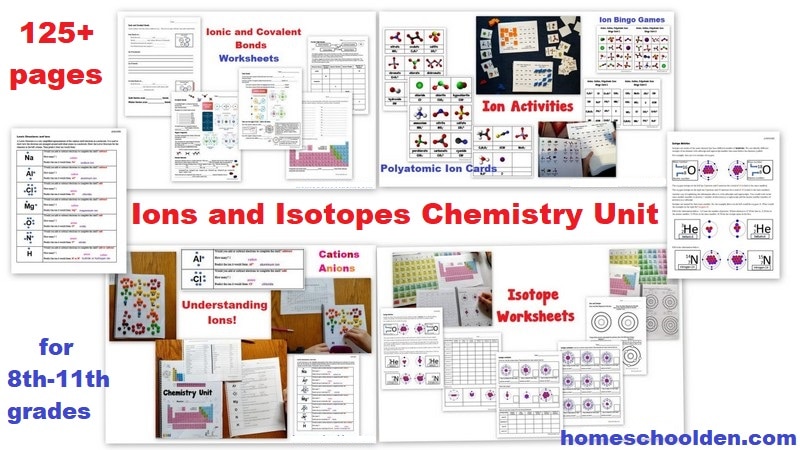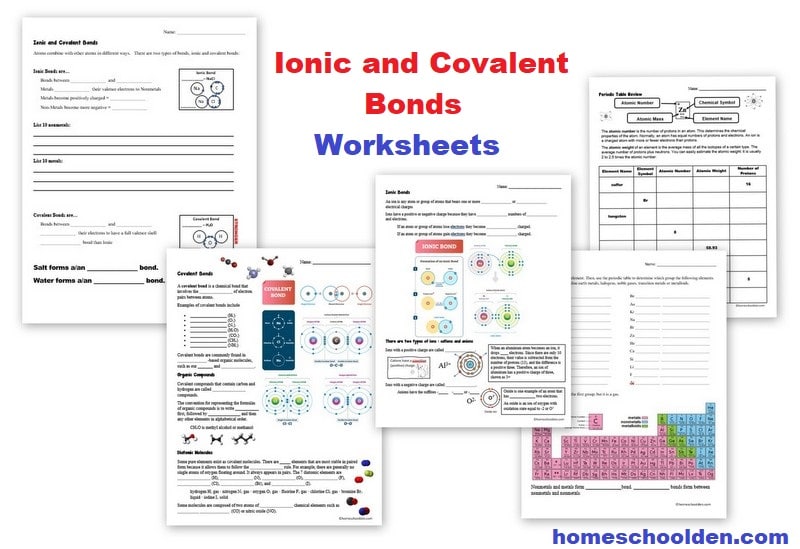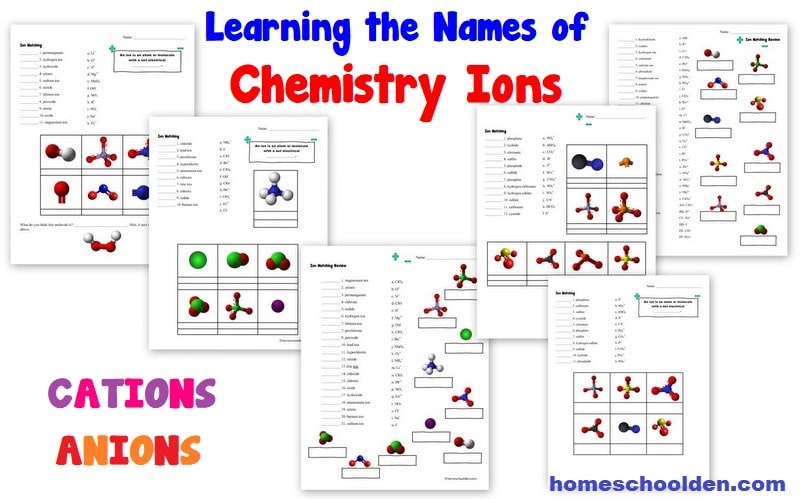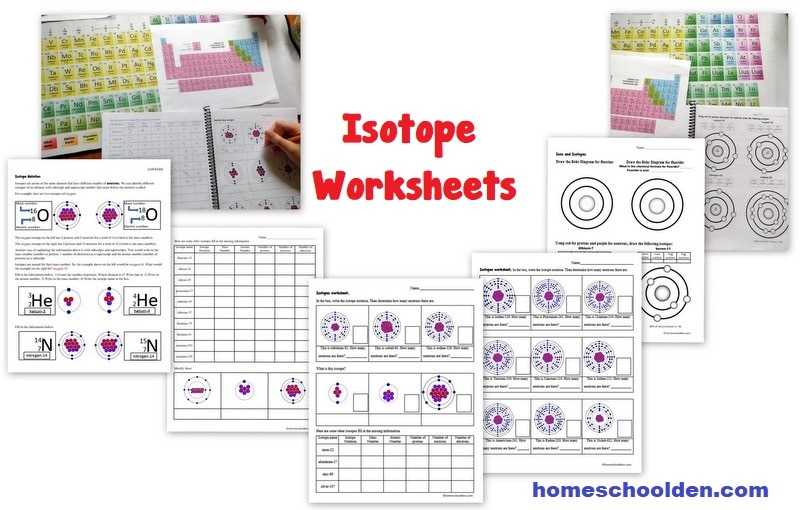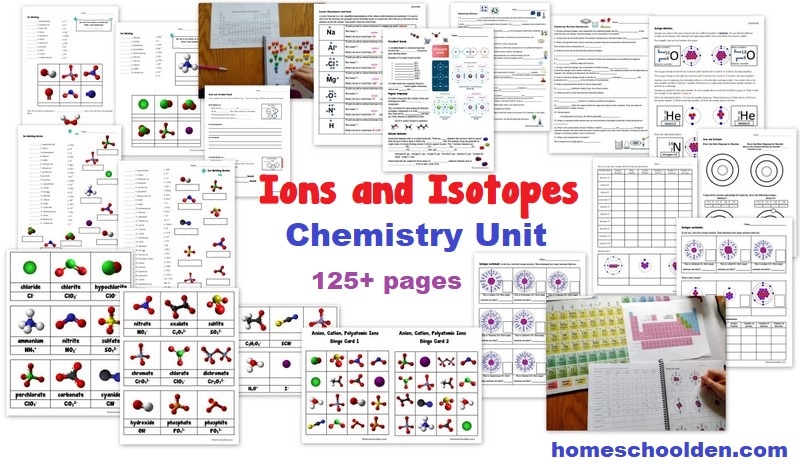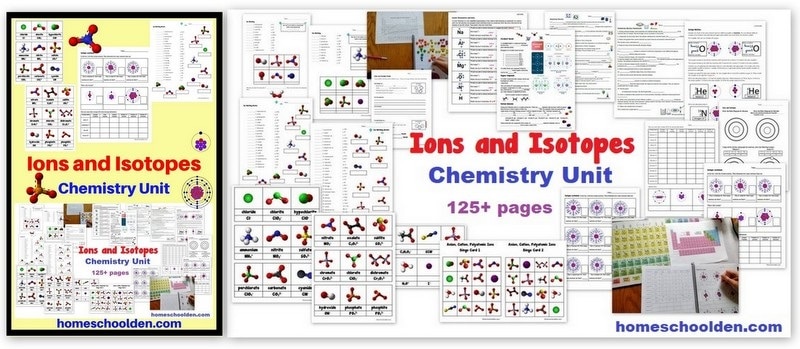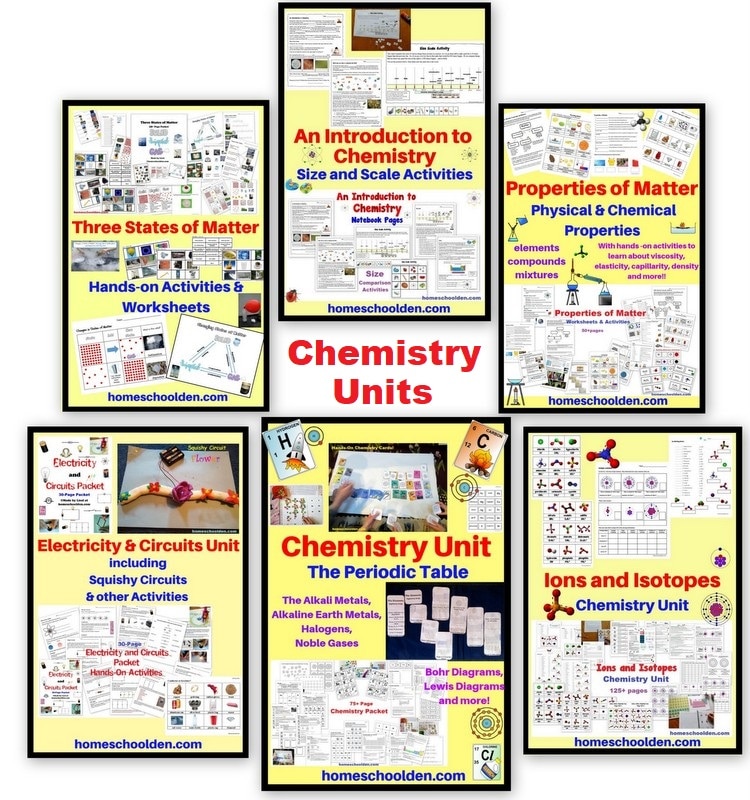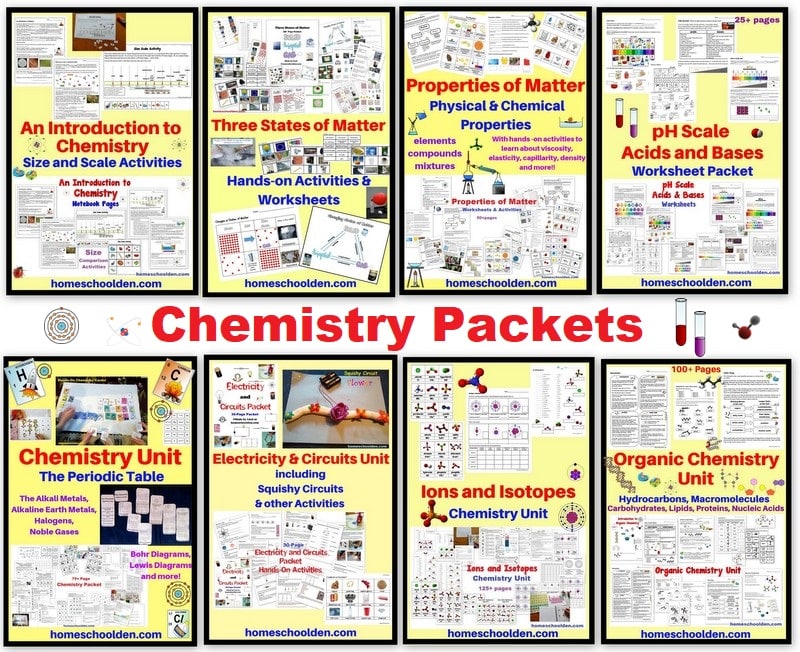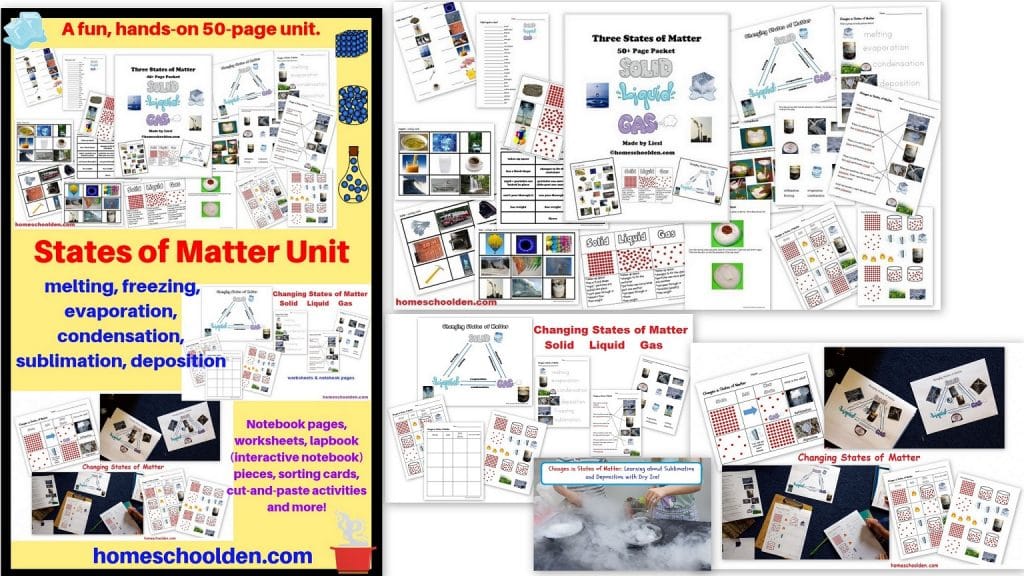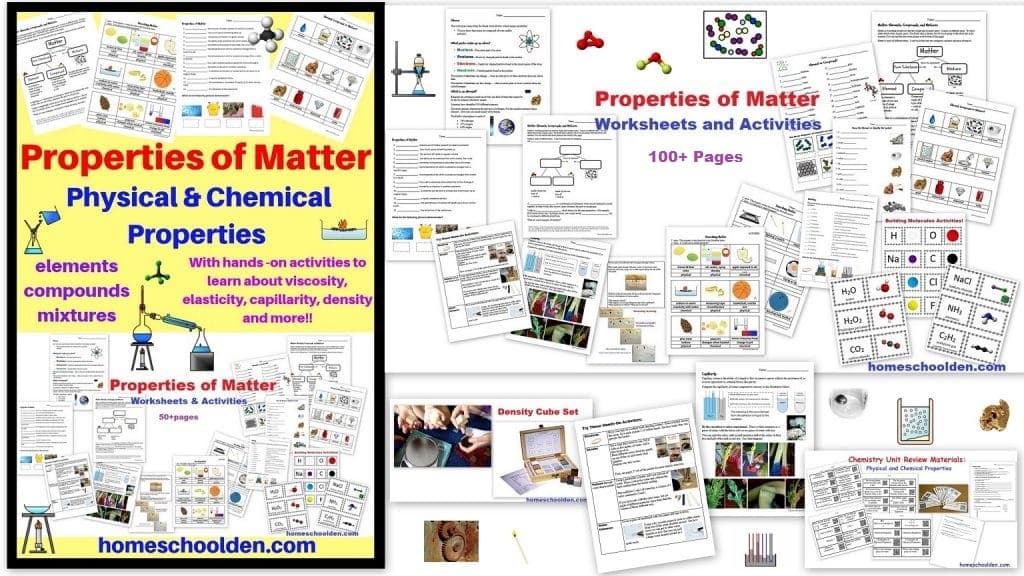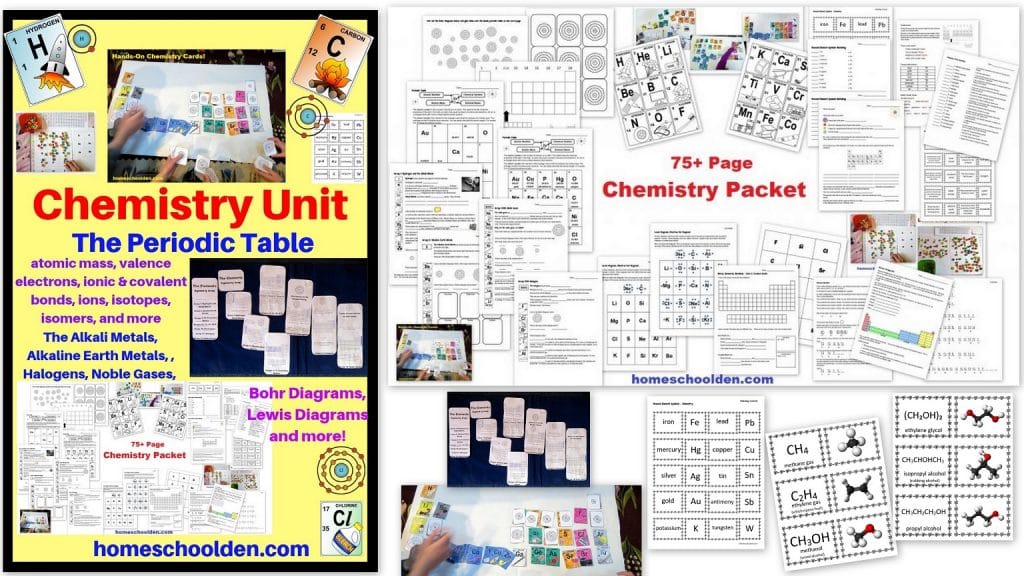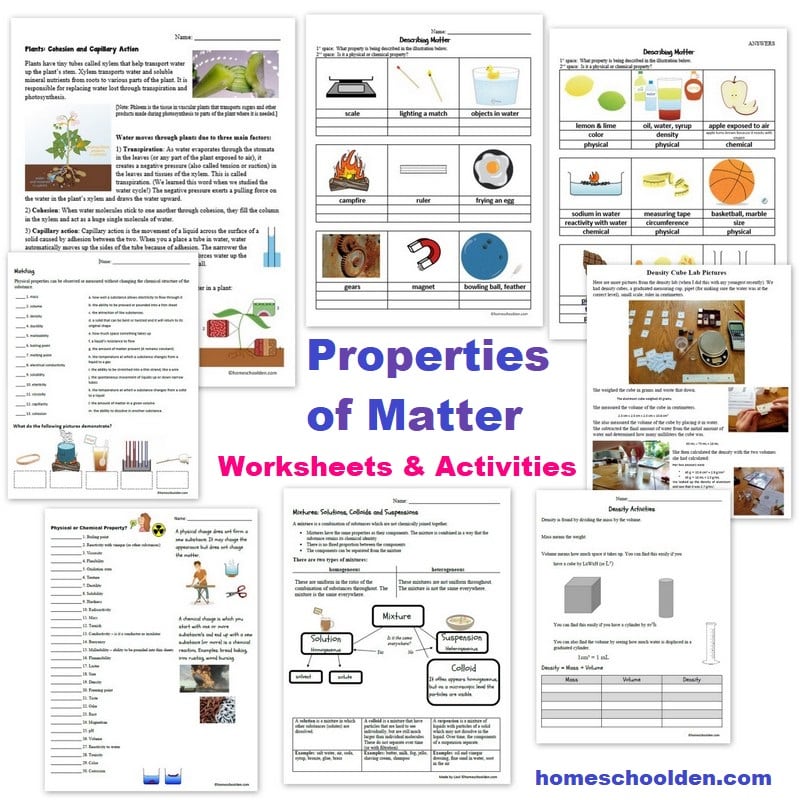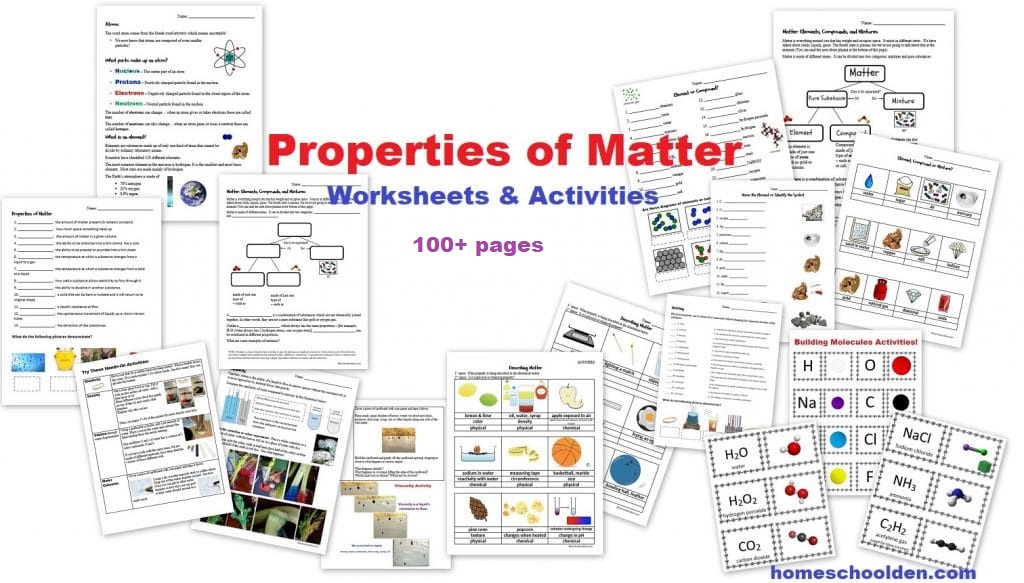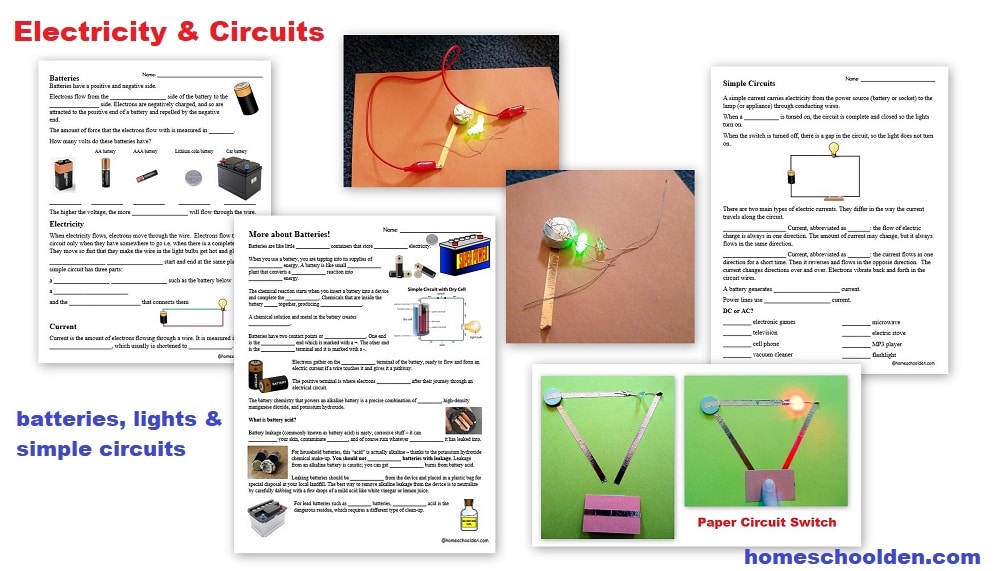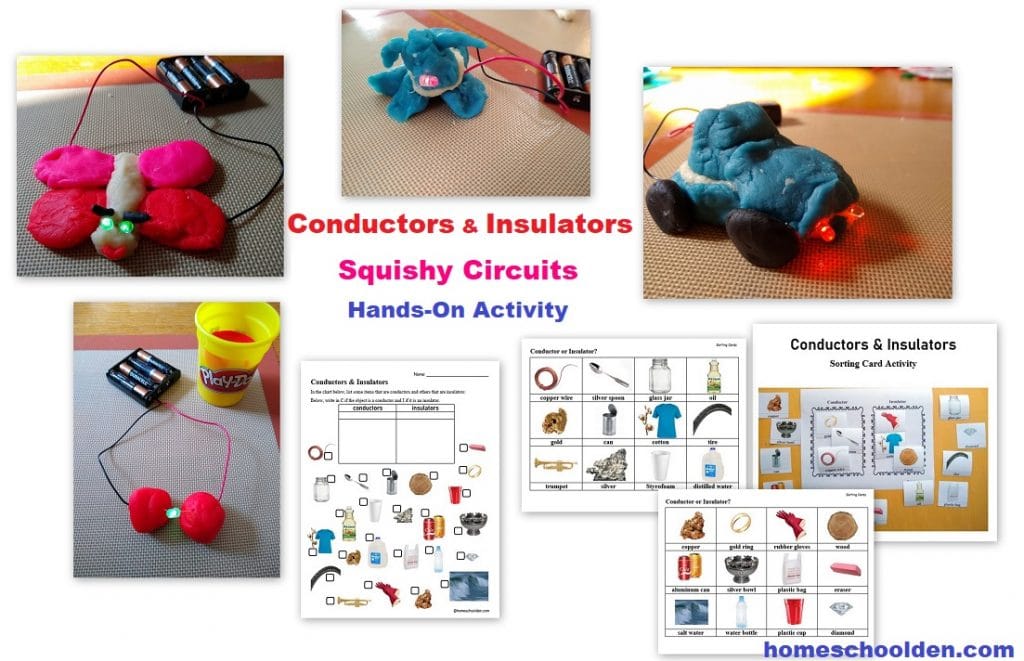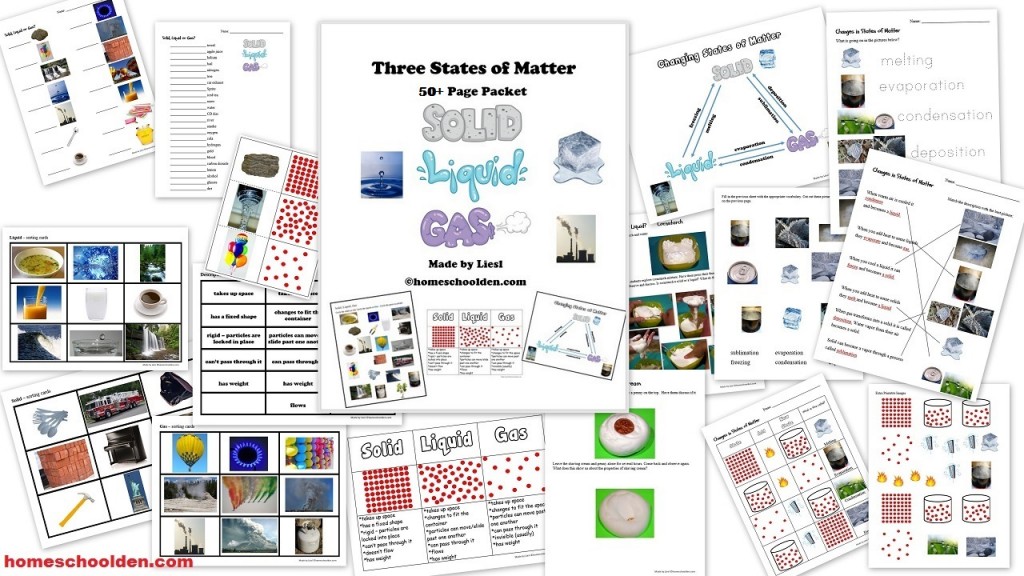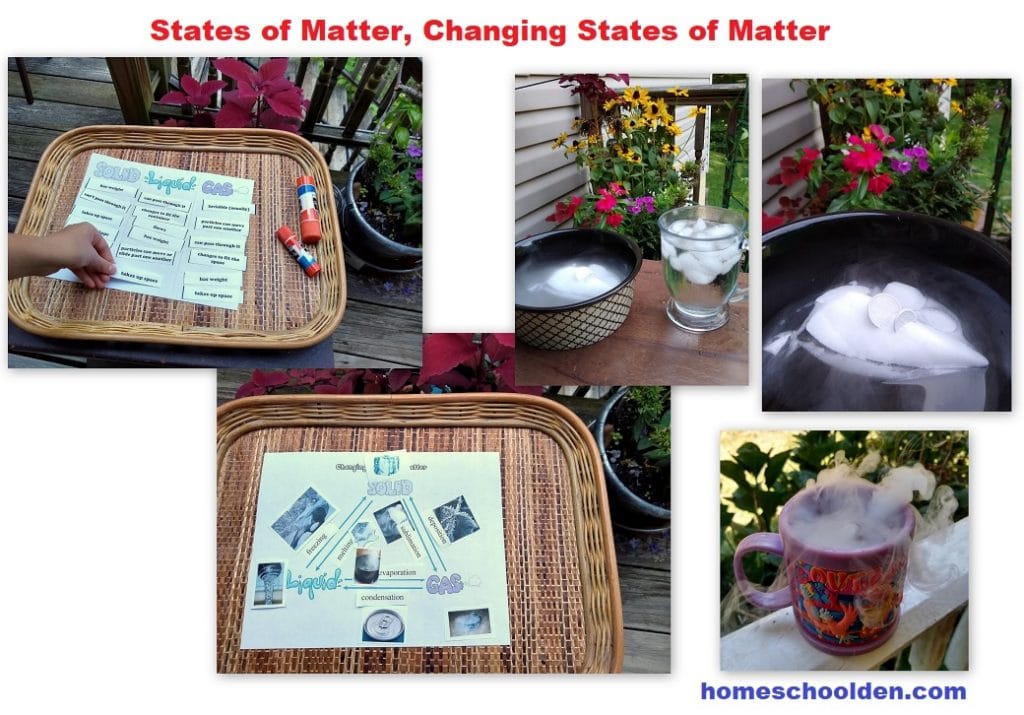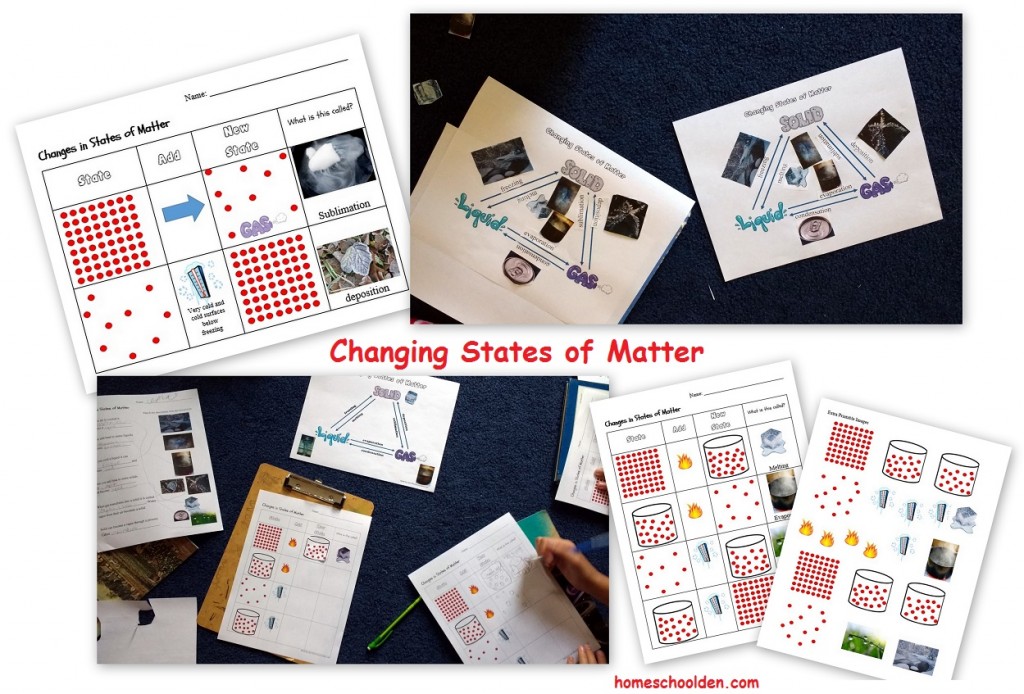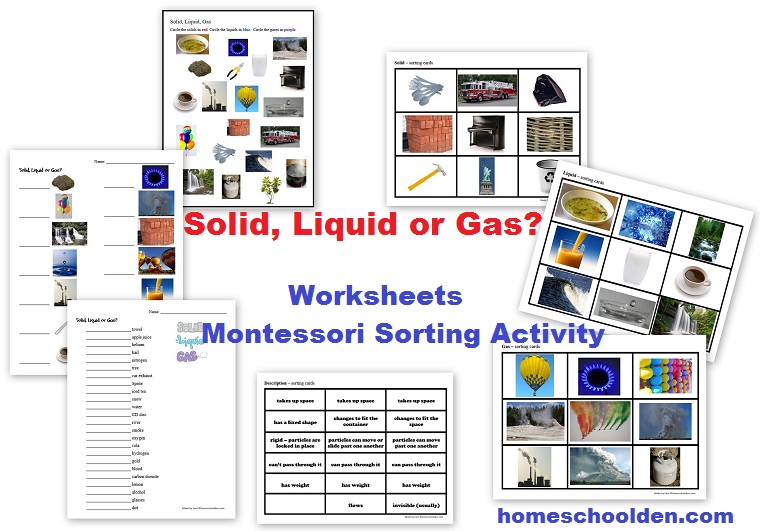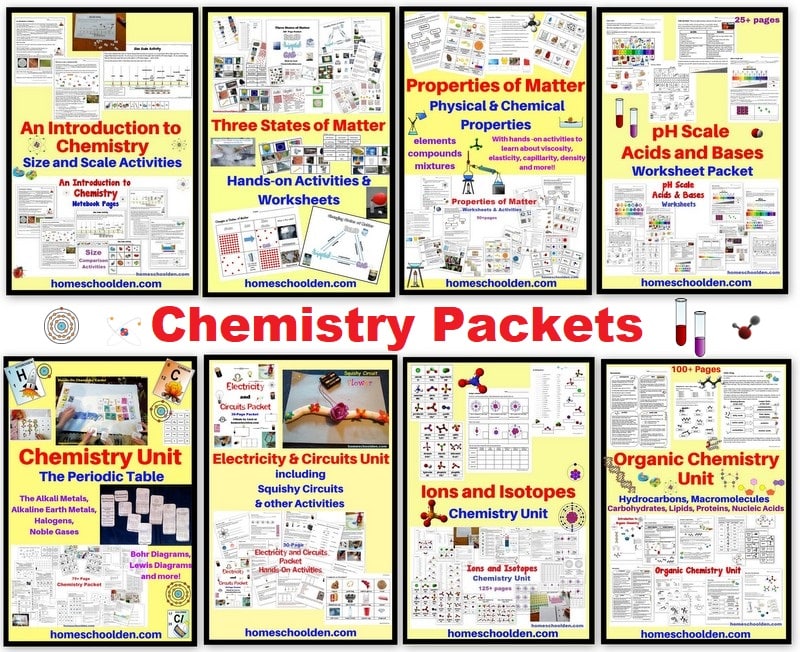Ions and Isotopes Chemistry Unit
My middle school daughter has just finished a new chemistry unit on ions and isotopes. It is more than 125 pages. I’m excited to share this new unit with you!
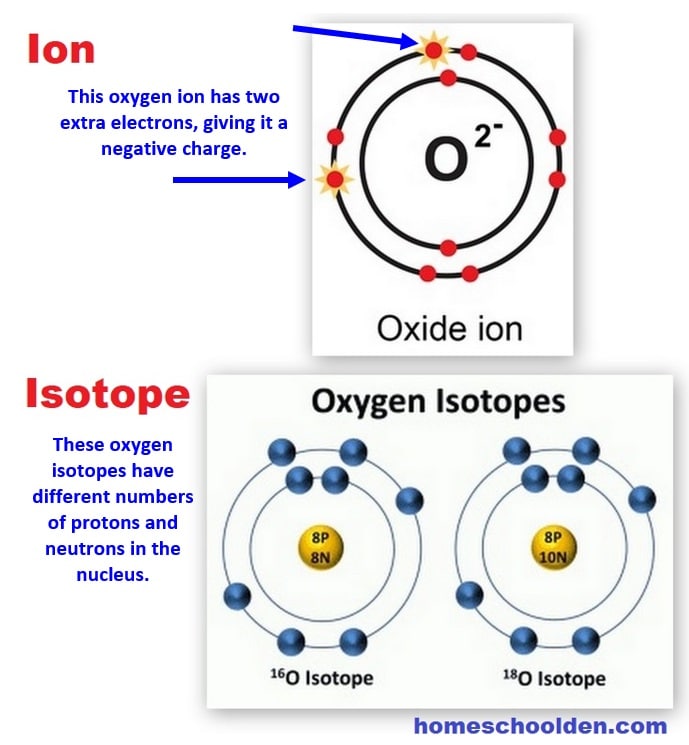
- Each element on the periodic table has a unique number of protons. The number of protons for an element is always the same. It can be determined by the atomic number of that element on the periodic table.
- Sometimes an atom has more or fewer electrons. This gives it a negative or positive charge. These are called ions. Most chemistry students need to know some of the common ions like chloride, sulfate, oxide, or peroxide and this unit will help students become familiar with them through worksheets and other activities.
- An atom sometimes has more or fewer neutrons. These are called isotopes. Students will practice writing isotope names, learn about mass numbers and determine the exact number of protons and neutrons in a given isotope.
This unit explores ions and isotopes in depth.
As my older two went through high school chemistry, I realized that it would have been would have been beneficial for them to have done a unit on ions and isotopes in middle school to prepare them for high school chemistry. I wanted my (youngest) daughter to have more familiarity with many of the polyatomic ion names (since many high school and college courses expect students to have them memorized). After doing this unit, my youngest now has a really good understanding of ions and isotopes and should be familiar with things like sulfide, sulfite, sulfate, nitride, nitrite, nitrate and lots of others!
We spent time reviewing some of the concepts in the Properties of Matter Packet. We also spent time on the Chemistry Unit and reviewing the terms related to the periodic table as well.
Then, she was ready to dive into this new unit on ions and isotopes!
Here are some of the topics we covered in the Ions and Isotopes Unit:
Ionic and Covalent Bonds:
We talked about the difference between ionic and covalent bonds. Ionic bonds are bonds between metals and nonmetals. We did a review worksheets that has students identify whether an element is a metal, nonmetal or metalloid. Covalent bonds are stronger and are bonds between nonmetals and nonmetals.
Understanding Ions – Cations and Anions
In order to really understand why ions form, we created Lewis Structures with M&Ms. This is an activity we did a number of years ago, but this time we talked about the octet rule as we did it. Most of the elements important in biology need eight electrons in their outermost shell in order to be stable. This rule of thumb is known as the octet rule.
We looked at the number of valence electrons in the outer shell (represented by M&Ms) and I asked whether it made sense to add in electrons or to simply take some away. We then did the worksheets and learned which elements tend to make cations (positively charged ions) and which ones become anions (negatively charged ions).
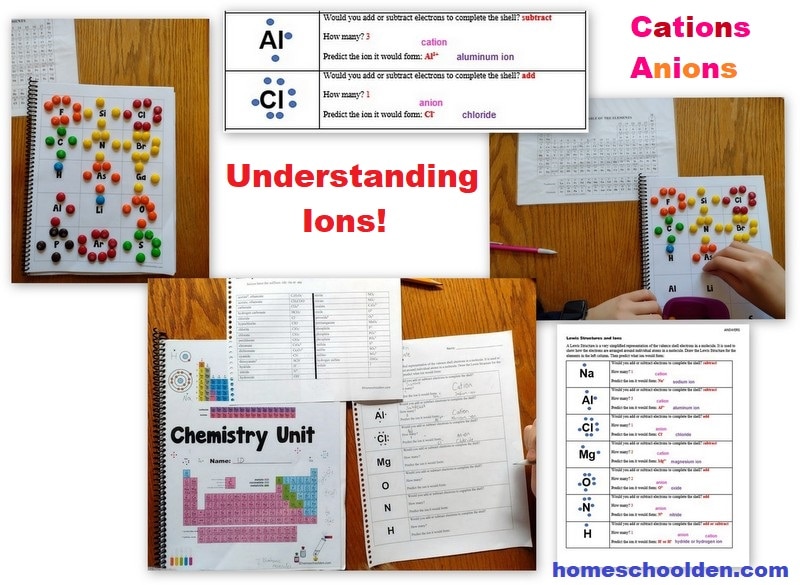
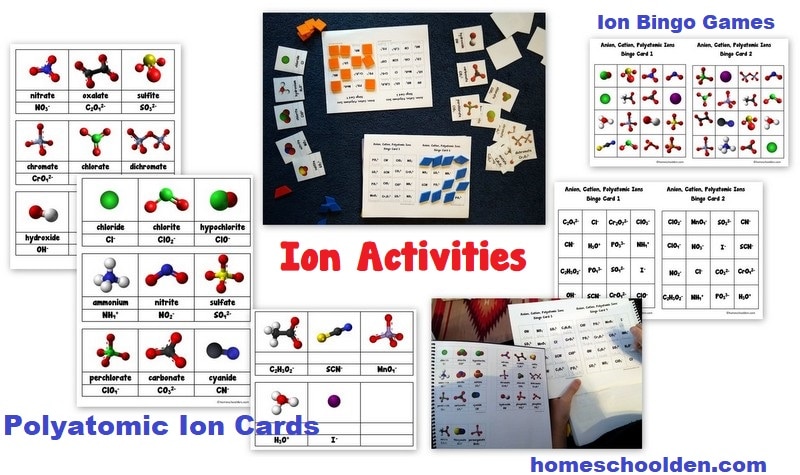
Isotopes
Isotopes are atoms with different numbers of neutrons. We did a number of different activities in this part of our unit. We talked about protons, neutrons and mass number and did worksheets to determine which isotope was presented based on the information given.
Here are some examples of the isotope worksheets that ED worked on:
What should students know before doing this unit? I suggest that students do the Properties of Matter and Chemistry Unit before doing this unit. Students should have an understanding of protons, electrons and neutrons, valence electrons, the groups of the periodic table, atomic mass & weight, metals/nonmetals/metalloids, Bohr diagrams and Lewis structures. These are all topics we covered in our 100+ page Chemistry Unit. We reviewed many of these terms and topics briefly, but the previous unit when into much more detail.
What age is the Ions and Isotopes Chemistry Unit for? This is a unit can be done by an older middle school student (who has some background in chemistry). It can also be used by high school students. This unit would be helpful for students as they begin to study chemical formulas and acids & bases.
My daughter felt like she learned so much from this unit! The Ions and Isotope Chemistry Unit is $7.99.
Ions and Isotope Chemistry Unit
$7.99
You might also be interested in our other Chemistry Units!
Find out more about the Chemistry BUNDLE here or scroll down below.
Be sure to check your PayPal email address for the download link.
$44.99 Chemistry BUNDLE of 8 The Chemistry BUNDLE includes 1 ) Introduction to Chemistry Activities 2) States of Matter Packet, 3) Properties of Matter Packet, 4) Electricity & Circuits Packet, 5) Chemistry Packet, 6) pH Scale – Acids and Bases Packet (The following two units should be done after the Chemistry Unit so that students understand the basics of the periodic table, valence electrons and how to create Bohr diagrams.) 7) Ions & Isotopes Chemistry Unit 8) Organic Chemistry Packet (high school unit which we used both in biology and chemistry) Coming Soon.
You can also purchase these packets separately. (Our packets are PDF digital downloads.)
$2.99 Introduction to Chemistry – Size of Atoms Mini-Unit
$5.99 States of Matter Packet (50+pages)
$7.99 Properties of Matter Packet (now close to 100 pages)
$6.99 Electricity & Circuits Packet (30+pages)
$8.99 Chemistry Packet – An introduction to the Periodic Table (150 pages) – Learn how the periodic table is organized and find out more about the different groups of the periodic table (Alkali metals, alkaline earth metals, halogens). Learn what valence electrons are and do some fun activities to create Lewis structures. Learn about the first twenty elements as well as elements with unusual names. Plus, learn about electron configuration and more! (We did this primarily in middle school, but did electron configuration in high school again.)
$2.99 pH Scale – Acids and Bases Worksheet Packet (25 pages) – Includes material for younger students (elementary/middle school) and older (high school) students.
$7.99 Ions and Isotopes Chemistry Unit (125 pages) This unit is an introduction to ions (which have fewer or more electrons) and isotopes (which have fewer or more isotopes). This unit should be done after students have completed the Chemistry Unit. (middle school/high school)
$9.99 Organic Chemistry Unit (100+ pages) Organic chemistry is the chemistry of carbon-containing molecules. In this unit, we study many of the organic compounds that include carbon and hydrogen (hydrocarbons), carbon-carbon molecules and more! This unit covers hydrocarbons, functional side groups and the four classes of macromolecules: carbohydrates, proteins, fats and nucleic acids.
———
You can find out more about each of these packets at the Chemistry BUNDLE page (or keep scrolling below)
Click on the link to see more details about each of these units:
Introduction to Chemistry – Size of Atoms Mini-Unit
Chemistry Packet: The Periodic Table
$7.99 Physical and Chemical Properties of Matter Unit (see bundle option) Matter: Elements, Compounds, Mixtures; Organization of the Periodic Table; Molecular vs. Structural Formulas; Describing Matter: Physical and Chemical Properties; Density Activities – Mass÷Volume; Mixtures: Solutions, Colloids and Suspensions (suggested for grades 5-8)
$6.99 Electricity and Circuits STEM Unit (suggested for grades 5-8) This is a fun, hands-on unit! My daughter did this in 6th grade and really loved it!
$5.99 States of Matter Packet (For younger students – early elementary K-2 or so)
Our units are PDF digital downloads. Be sure to check your PayPal email address for the download link. If you have any questions or problems feel free to email me! You should get your automatic download link from SendOwl within a few minutes. If you don’t, be sure to email me if you need me to send the link to you again! Here are some answers to some Frequently Asked Questions. ~Liesl
Don’t forget to check your PayPal email address for the download link. Feel free to email me if you need help! ~Liesl
See you again soon here or over at our Homeschool Den Facebook Page! Don’t forget to Subscribe to our Homeschool Den Newsletter. You might also want to check out some of our resources pages above (such as our Science, Language Arts, or History Units Resource Pages) which have links to dozens of posts. You might want to join our free Homeschool Den Chat Facebook group. Don’t forget to check out Our Store as well.

The Welcome Series includes 5 packed emails… with tips on homeschooling, keeping motivated, finding various resources and freebies tucked away on the blog and more!
Plus, you’ll be the first to hear about new packets (generally offered at a discount when they are first released), seasonal resources and more!
Disclosure: Please note that some of the post in this blog are affiliate links, and at no additional cost to you, I will earn a commission if you decide to make a purchase.
